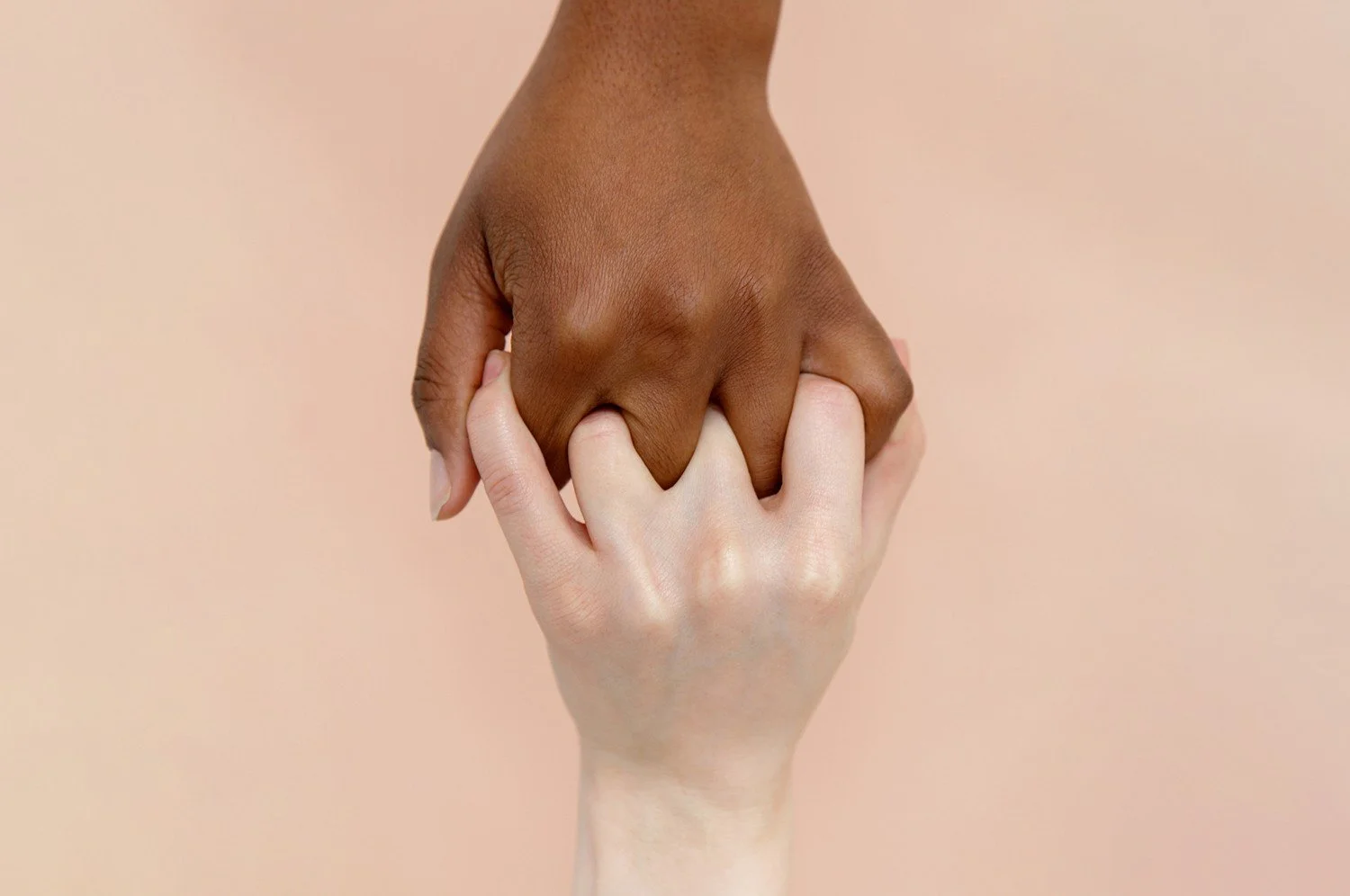Social Networking Tips From the Blue Zones
Mo•ai (/mo,eye/) Japan
Noun
1. A group of lifelong friends.
2. A social support group that forms in order to provide varying support from social, financial, health, or spiritual interests.
When studying the science of happiness, the question is always: what do vitality, joy, and satisfaction truly manifest from in this life? Should we credit the inner biochemical processes or does the environment dictate the quality of our inner biological health? Turns out, a life perceived to be well-lived is all about mindset and the rituals we create and maintain to bring us joy. Dan Buettner, National Geographic Fellow and creator of The Blue Zones Research Project attributes the Japanese concept of moais as one of the key variables to lasting happiness, joy, and longevity through the ages. Buettner teaches that people who’ve created ritual tend to have:
Higher vitamin D and circulating nutrient levels --
This is likely due to making and enjoying meals together, as well as spending time outside with one another.
Higher levels of oxytocin --
Known as the natural love drug, oxytocin is created in the body through intimacy, hugging, and spending meaningful time with one another.
Less stress --
Not having to take on everything by oneself leads to less disease and a longer lifespan. According to Blue Zones research, moais were originally created to pool financial resources of the entire village to bring to fruition shared common goals, projects, and public works that would stand to benefit everyone. This included capital to purchase land or help with emergencies. Instead of deferring responsibility to government, these strong village support systems were the only way to achieve shared common goals at the time.
Originating hundreds of years ago, moais are still lifelong, thriving, cultural social support systems.
A member of one of Okinawa’s oldest moais (over 450 years) told Buettner in conversation, “Each member knows that her friends count on her as much as she counts on her friends. If you get sick, or a spouse dies, or if you run out of money, we know someone will step in and help. It’s much easier to go through life knowing there is a safety net.” Within their moais, Okinawans hold a strong sense of yuimaru (social obligation), not because some authority has dictated the practice, but out of love for one another, from an understanding that the only way one can thrive is when all thrive together. Moais have been around and practiced for hundreds of years and Okinawans boast some of the longest living people in the world who have thrived through tradition. Is it not a foolish proposition to continue operating dualistically without considering how dualism in and of itself is the likely outworn practice to collectively abandon? Let’s consider how intentional modern moais could lead to less dependence on our government and more interconnectedness to one another through love. By embracing the concept of moai, are we not then opening our hearts to creating an expanding local-to-global legacy through love? When we turn to each other, we govern ourselves through shared responsibility, and, as the Okinawans have shown us, the result is happiness. Moais give us something to think about. As Buettner says: “We all need something to do, someone to love, something to give, and something to look forward to.”Christine Dionese, co-founder of flavor ID is an integrative, epigenetic health and food therapy specialist, as well as a wellness, lifestyle, and food writer. She has dedicated her career to helping others understand the science of happiness and its powerful effects on everyday human health by harnessing the power of the epigenetic landscape. Christine lives, works, and plays in Southern California with her daughter and husband. Her podcast, Well Examined explores the depths of personalized wellness and sovereignty for modern living.
